A basic proximity sensor is used to sense the presence of objects or materials. What differentiates them from other sensors is that they don’t make physical contact with the object being sensed, and hence they’re also known as non-contact sensors.
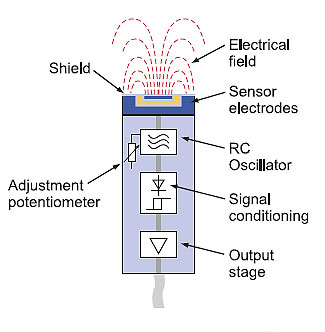
One of the most common sensor types is the capacitive proximity sensor. As the name suggests, capacitive proximity sensors operate by noting a change in the capacitance read by the sensor. A typical capacitor consists of two conductive elements (sometimes called plates) separated by some kind of insulating material that can be one of many different types including ceramic, plastic, paper, or other materials.
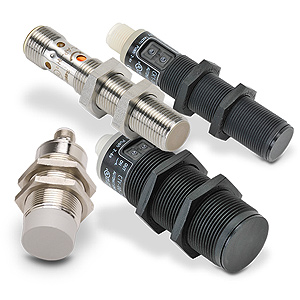
The way a capacitive proximity sensor works is that one of the conductive elements, or plates, is inside the sensor itself while the other one is the object to be sensed. The internal plate is connected to an oscillator circuit that generates an electric field. The air gap between the internal plate and the external object serves as the insulator or dielectric material. When an object is present, that changes the capacitance value and registers as the presences of the object.
Capacitive proximity sensors are useful in detecting a wide range of objects. The easiest types of objects to detect are ones with a high density (such as metals) or a high dielectric constant (i.e. water). And detecting these objects doesn’t require that the sensors be fairly close to the objects to be detected, another plus if used in settings with little space to work in. Overall, good sensing targets for capacitive sensors include solids and liquids such as various metals, water, wood and plastic.
A typical sensing range for capacitive proximity sensors is from a few millimeters up to about 1 in. (or 25 mm), and some sensors have an extended range up to 2 in. Where capacitive sensors really excel, however, is in applications where they must detect objects through some kind of material such as a bag, bin, or box. They can tune out non-metallic containers and can be tuned or set to detect different levels of liquids or solid materials.

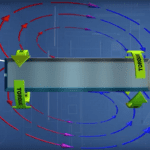
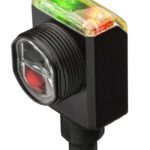
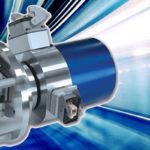
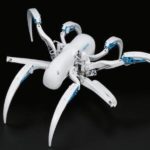
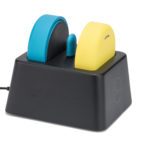

Leave a Reply
You must be logged in to post a comment.